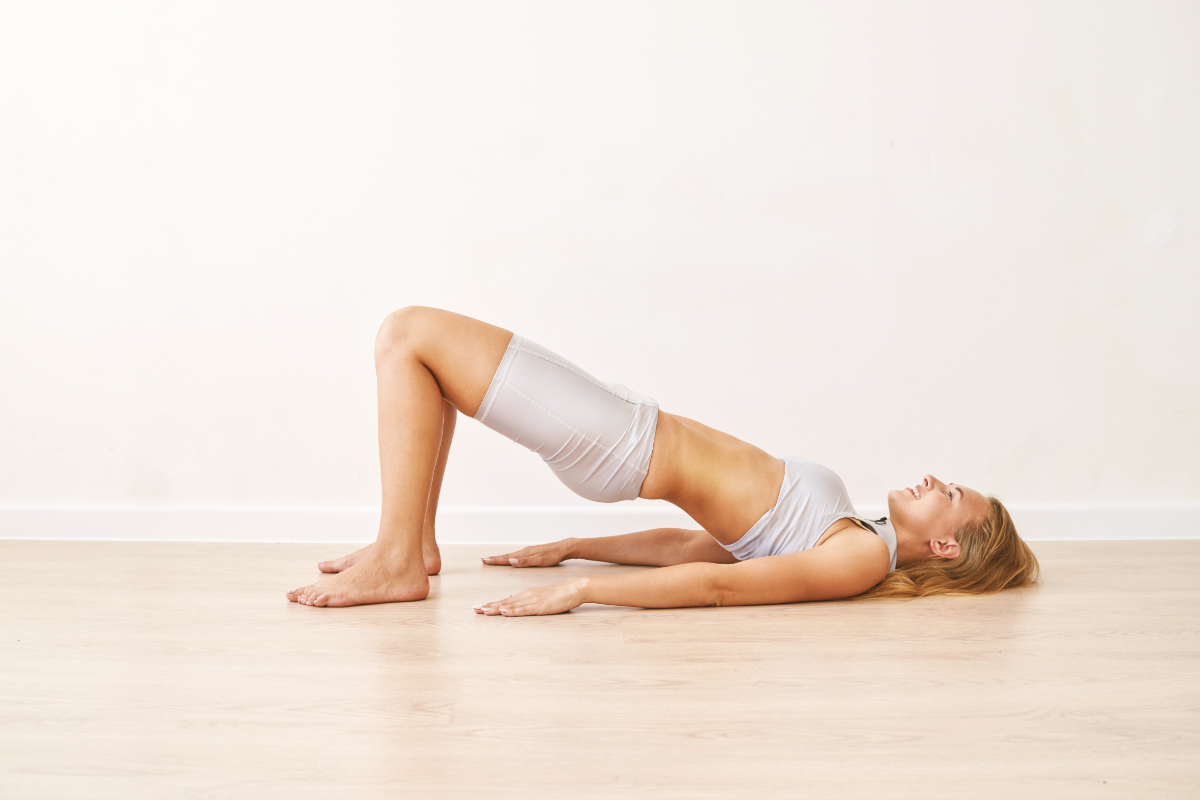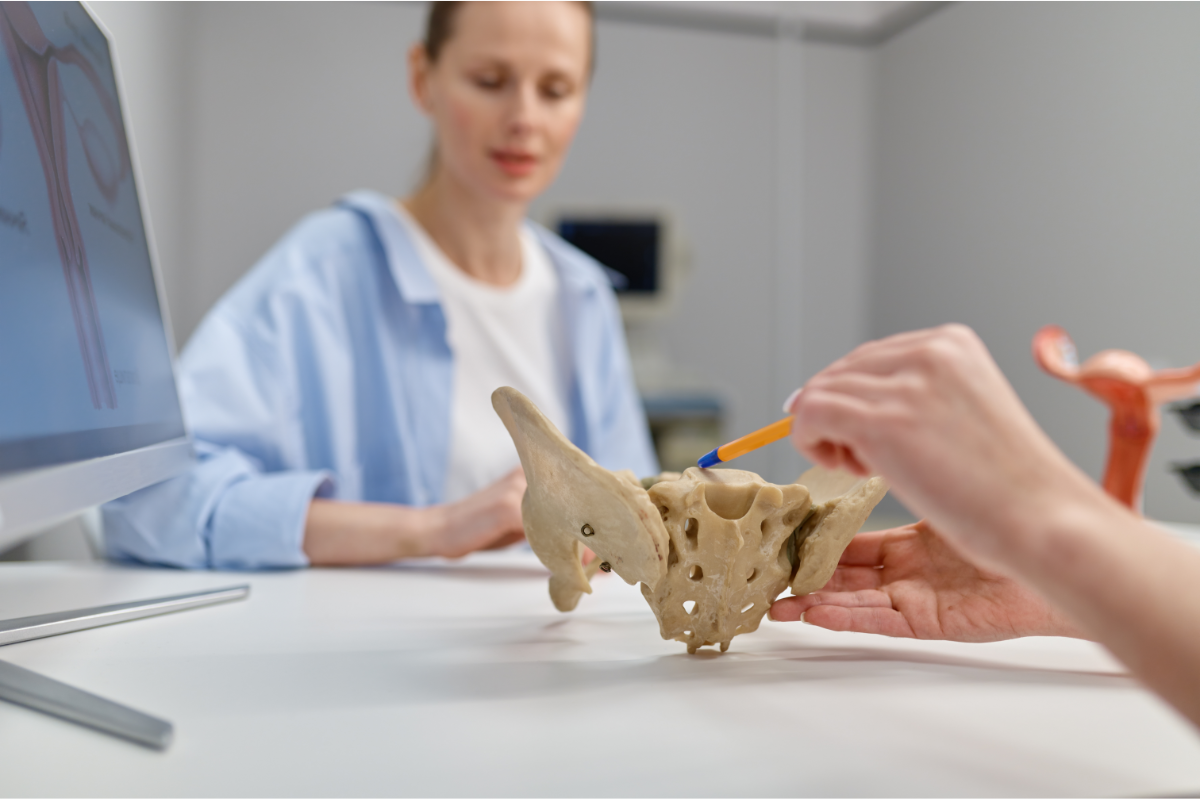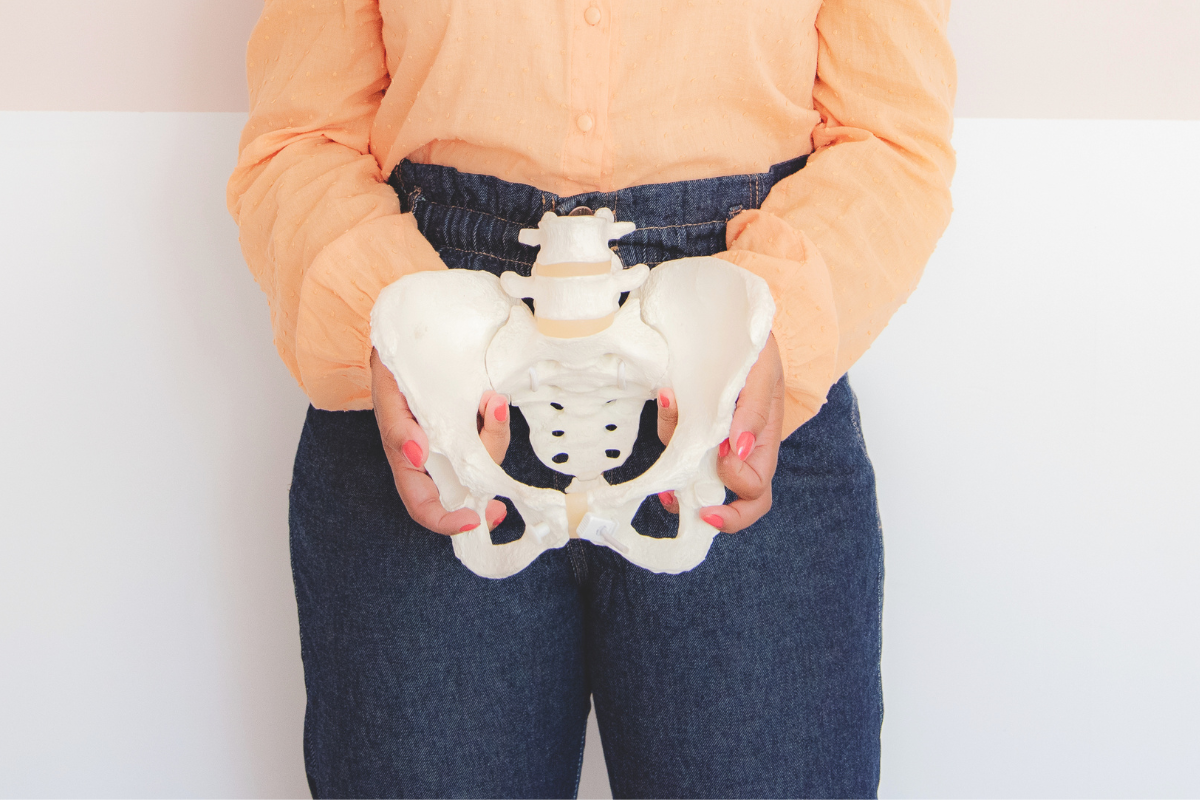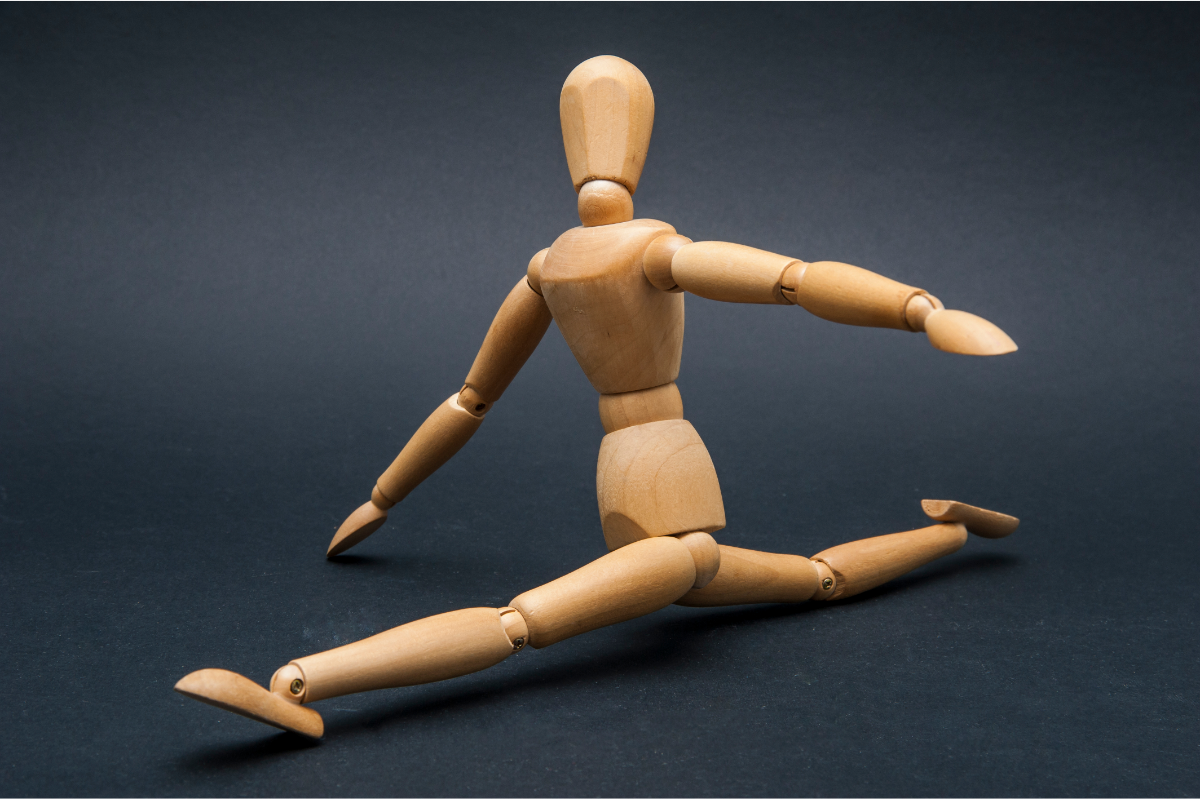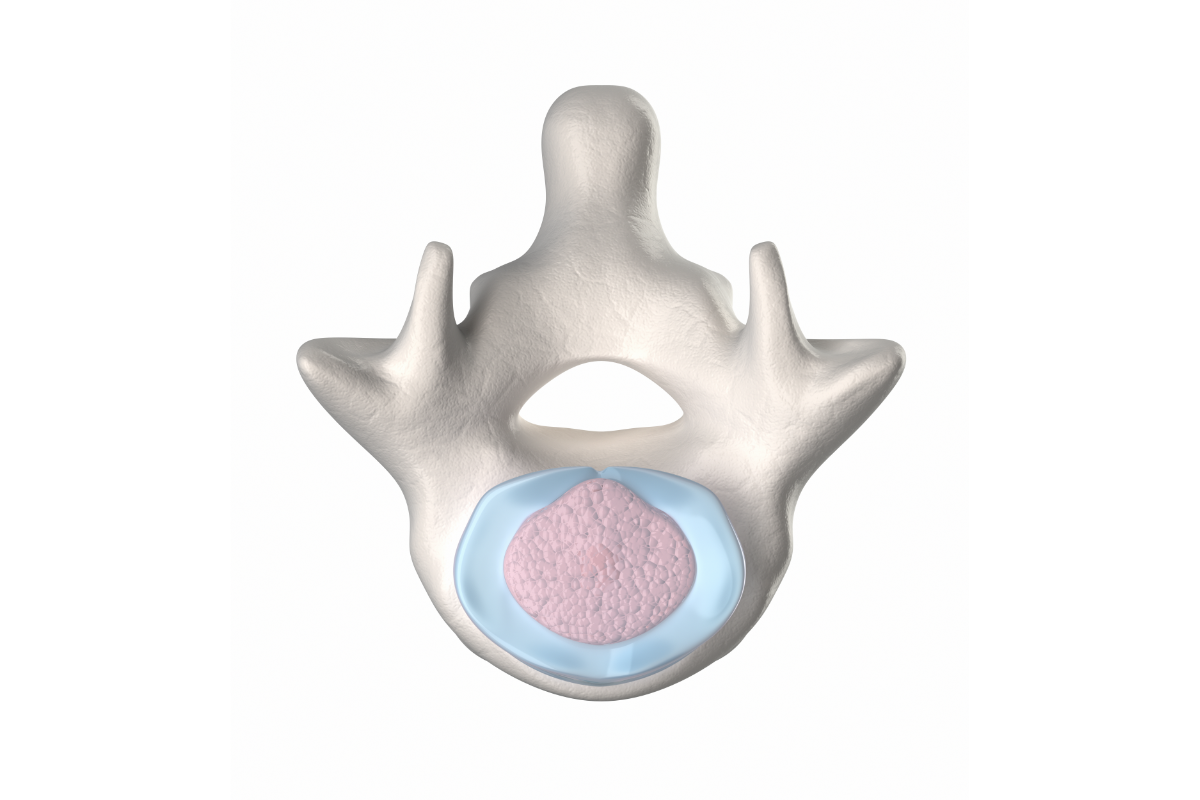What are Pelvic Floor Exercises for Preventing Prolapses
The pelvic floor is a crucial yet often overlooked component of our body’s anatomy, playing an essential role in supporting various pelvic organs, including the bladder, uterus, and rectum. It consists of a group of muscles and connective tissues that form a supportive hammock at the base of the pelvis. These muscles are vital for maintaining proper organ positioning, regulating bladder and bowel control, and even contributing to sexual function.
As we age or experience changes due to pregnancy, childbirth, or certain medical conditions, the pelvic floor can weaken. This weakening can lead to pelvic organ prolapse—a condition where one or more pelvic organs descend into the vaginal canal due to a lack of support. Prolapse can significantly impact a person’s quality of life, leading to discomfort, urinary or fecal incontinence, and sexual dysfunction. Understanding the importance of pelvic floor health and the potential consequences of neglecting it is crucial for prevention.
Regular pelvic floor exercises, commonly known as Kegel exercises, can strengthen these muscles, enhancing their ability to support pelvic organs effectively. Not only do these exercises help prevent prolapse, but they also contribute to overall pelvic health, offering additional benefits such as improved bladder control, enhanced sexual satisfaction, and a greater sense of well-being.
This article will explore the significance of pelvic floor exercises in preventing prolapse, the anatomy and function of the pelvic floor, the types of exercises beneficial for strengthening these muscles, and practical tips for incorporating these exercises into your daily routine. By understanding and actively caring for your pelvic health, you can take significant steps toward enhancing your quality of life and preventing the debilitating effects of prolapse.
Understanding the Pelvic Floor
Structure and Function of the Pelvic Floor
The pelvic floor is a vital anatomical structure composed of muscles, ligaments, and connective tissues that form a supportive layer at the base of the pelvis. This network not only supports the pelvic organs—such as the bladder, uterus, and rectum—but also plays a crucial role in bodily functions like urination, defecation, and sexual activity. The muscles of the pelvic floor work in concert with the diaphragm and abdominal muscles to maintain intra-abdominal pressure, providing stability to the pelvis and lower back.
Proper functioning of the pelvic floor is essential for maintaining continence. When these muscles contract, they help close the openings of the bladder and rectum, preventing involuntary leakage. Furthermore, a healthy pelvic floor contributes to better posture, improved core stability, and overall physical fitness.
Factors that Affect Pelvic Floor Health
Several factors can negatively impact pelvic floor health, leading to muscle weakness or dysfunction:
- Aging: As individuals age, the elasticity and strength of pelvic floor muscles may decline, making them more susceptible to prolapse.
- Childbirth: Pregnancy and delivery can stretch and weaken the pelvic floor muscles, especially after vaginal births.
- Obesity: Excess body weight places additional pressure on the pelvic floor, increasing the risk of muscle strain and prolapse.
- Chronic Coughing: Conditions that cause prolonged coughing can put continuous stress on the pelvic muscles, leading to their weakening over time.
- Heavy Lifting: Regularly lifting heavy objects without proper technique can strain pelvic floor muscles.
- Hormonal Changes: Menopause and hormonal imbalances can affect the strength and resilience of pelvic tissues.
What is Prolapse?
Types of Prolapse and Their Symptoms
Pelvic organ prolapse occurs when the pelvic floor muscles and tissues become weakened, leading to the descent of one or more pelvic organs into the vaginal canal. The most common types of prolapse include:
- Cystocele: This occurs when the bladder protrudes into the anterior wall of the vagina, often causing urinary incontinence or frequent urination.
- Rectocele: A rectocele happens when the rectum bulges into the posterior wall of the vagina, leading to difficulties in bowel movements.
- Uterine Prolapse: This occurs when the uterus descends into the vaginal canal, which may result in pelvic pressure, discomfort during intercourse, and abnormal vaginal discharge.
- Enterocele: This type involves the small intestine bulging into the upper wall of the vagina, potentially causing pelvic pressure and discomfort.
Common symptoms of prolapse include a feeling of heaviness or pressure in the pelvic area, discomfort during sexual intercourse, urinary or bowel dysfunction, and visible bulging in the vaginal area.
Common Causes of Prolapse
Pelvic organ prolapse can arise from a combination of factors, including:
- Childbirth: Damage to pelvic floor muscles and connective tissues during delivery can lead to weakness over time.
- Aging: As tissues lose elasticity, the risk of prolapse increases.
- Obesity: Increased weight puts additional strain on pelvic structures.
- Chronic Conditions: Chronic cough, constipation, or heavy lifting can exacerbate pelvic floor strain.
- Hormonal Changes: Decreased estrogen levels during menopause can weaken pelvic tissues.
The Relationship Between Exercises and Prolapse Prevention
How Exercises Strengthen the Pelvic Floor
Pelvic floor exercises, particularly Kegel exercises, are designed to strengthen the muscles of the pelvic floor. These exercises involve contracting and relaxing the pelvic muscles, improving their strength and endurance. A stronger pelvic floor can better support pelvic organs, reducing the likelihood of prolapse.
Incorporating these exercises into a regular fitness routine can also enhance overall muscle coordination and improve bladder and bowel control. Over time, consistent practice can result in noticeable improvements in pelvic muscle tone, leading to better support for pelvic organs.
The Role of Exercises in Prolapse Prevention
Regular pelvic floor exercises can play a crucial role in preventing prolapse. By strengthening the pelvic floor muscles, individuals can:
- Increase Muscle Tone: Stronger muscles are better able to support pelvic organs, reducing the risk of descent.
- Enhance Control: Improved muscle control can help prevent urinary and fecal incontinence, which can further weaken the pelvic floor.
- Promote Healing: For those recovering from childbirth or surgery, pelvic floor exercises can aid in the healing process by restoring muscle function and support.
Types of Exercises for the Pelvic Floor
Kegel Exercises: How and Why to Do Them
Kegel exercises involve a simple technique that can be performed discreetly and without special equipment. To perform Kegel exercises:
- Identify the right muscles by attempting to stop urination mid-flow. These are the pelvic floor muscles.
- Once identified, contract these muscles for 5 seconds, then relax for 5 seconds. Aim for 10-15 repetitions, three times a day.
- Gradually increase the duration of contractions and relaxations as strength improves.
Kegel exercises can be performed anywhere, making them an accessible way to strengthen the pelvic floor. Consistency is key; incorporating these exercises into your daily routine can yield significant benefits over time.
Other Physical Activities that Benefit the Pelvic Floor
In addition to Kegel exercises, other physical activities can also support pelvic floor health:
- Yoga: Certain poses can help strengthen pelvic muscles and improve flexibility.
- Pilates: Focused on core strength, Pilates can enhance pelvic stability and support.
- Low-Impact Aerobics: Engaging in low-impact cardiovascular activities can help maintain a healthy weight, reducing strain on the pelvic floor.
Additional Benefits of Pelvic Floor Exercises
Improvement in Quality of Life
Strengthening the pelvic floor can lead to a significant improvement in overall quality of life. Enhanced muscle control can reduce the fear of incontinence, allowing individuals to engage more freely in social activities without anxiety. Many report feeling more confident and empowered in their bodies.
Impact on Sexual Health and Pregnancy
A healthy pelvic floor is essential for sexual function, often leading to increased pleasure and satisfaction during intercourse. For those planning to become pregnant or currently pregnant, pelvic floor exercises can prepare the body for the demands of childbirth and aid in postpartum recovery, promoting quicker healing and restoring function.
Tips for Incorporating Exercises into Daily Routine
How to Create an Effective Exercise Program
To create a successful pelvic floor exercise program, consider the following tips:
- Set Realistic Goals: Start with manageable targets and gradually increase frequency and duration.
- Choose Convenient Times: Incorporate exercises into daily activities, such as during commutes, while watching TV, or before bed.
- Track Progress: Keeping a journal of workouts can help maintain motivation and accountability.
Common Mistakes to Avoid
While pelvic floor exercises are beneficial, there are some common pitfalls to be aware of:
- Overdoing It: Like any muscle group, pelvic floor muscles need time to recover. Avoid exercising too frequently.
- Poor Technique: Ensure you’re targeting the correct muscles; improper technique can lead to ineffective workouts.
- Neglecting Other Areas: While pelvic floor health is crucial, a holistic fitness routine that includes core and overall body strength is essential.
When to Consult a Professional
Warning Signs and Professional Evaluation
It’s important to recognize when to seek professional guidance. If you experience any of the following symptoms, consult a healthcare professional:
- Persistent pelvic pain
- Increased urinary or fecal incontinence
- A noticeable bulge in the vaginal area
- Discomfort during sexual activity
A healthcare provider can assess your condition, provide tailored advice, and recommend appropriate exercises or therapies.
The Importance of Medical Follow-Up
Regular check-ups with a healthcare provider are essential for maintaining pelvic health. These visits can help monitor the effectiveness of your exercise program and address any emerging issues. Early intervention can prevent the progression of conditions like prolapse, ensuring long-term health and well-being.
Summary of the Benefits of Pelvic Floor Exercises
Pelvic floor exercises are a powerful tool in promoting and maintaining pelvic health. By strengthening the muscles that support the bladder, uterus, and rectum, these exercises can significantly reduce the risk of pelvic organ prolapse, enhance urinary and fecal control, and improve sexual function. Regular practice not only leads to better muscle tone and coordination but also contributes to an overall improved quality of life. Individuals who incorporate pelvic floor exercises into their daily routines often report increased confidence, reduced anxiety related to incontinence, and a greater sense of well-being.
Furthermore, the benefits extend beyond physical health. A strong pelvic floor can positively impact emotional and psychological health, empowering individuals to engage fully in their daily activities and social interactions without fear or discomfort.
The Importance of Prevention in Pelvic Floor Health
Prevention plays a crucial role in maintaining the health of the pelvic floor. Recognizing the factors that contribute to pelvic floor dysfunction—such as aging, childbirth, obesity, and lifestyle choices—can help individuals take proactive steps to mitigate risks. Engaging in regular pelvic floor exercises, maintaining a healthy weight, and being mindful of overall physical activity can significantly decrease the likelihood of developing conditions like prolapse.
In conclusion, prioritizing pelvic floor health through targeted exercises and preventative measures can lead to a healthier, more fulfilling life. By making pelvic floor care a regular part of your health routine, you can take control of your pelvic health and enjoy the many benefits that come from a well-functioning pelvic floor. Whether you are experiencing symptoms or simply wish to maintain your pelvic health, the importance of incorporating these exercises into your lifestyle cannot be overstated. Your pelvic floor deserves attention and care, and the rewards will undoubtedly enhance your overall well-being.
https://www.voicesforpfd.org/pelvic-organ-prolapse/prevention

I’m Hillary Swan, a certified fitness trainer specializing in women’s health and pelvic floor strength. I’m passionate about empowering others to improve their core wellness through targeted exercises. Let’s strengthen our bodies together for a healthier, more confident life.

